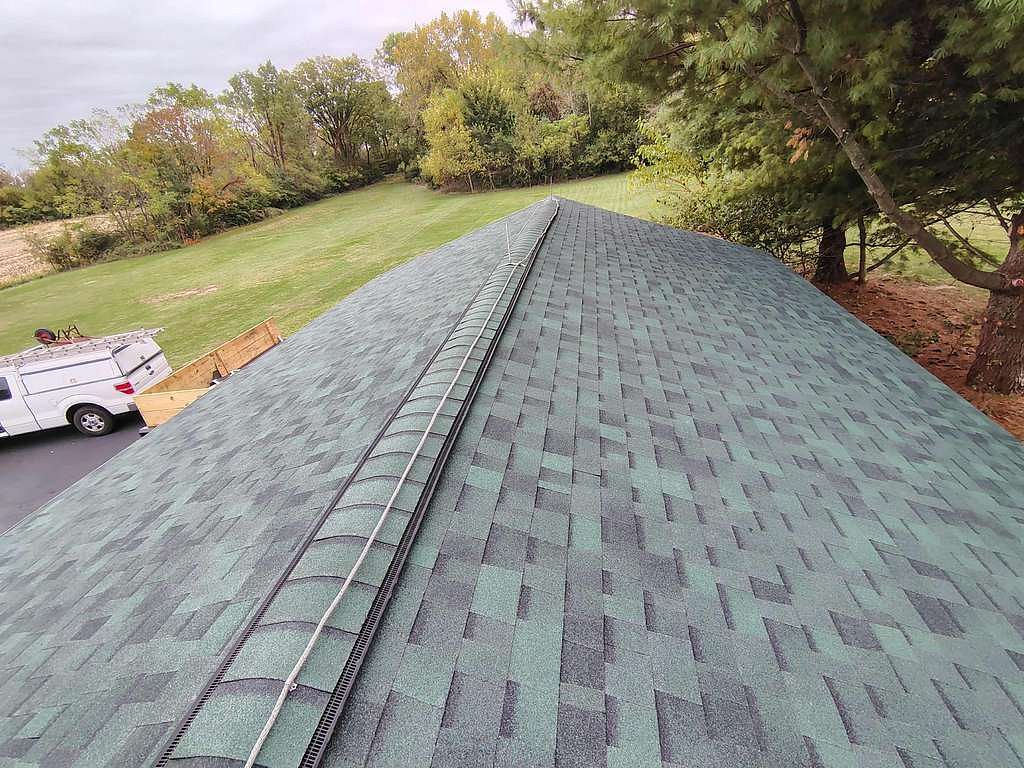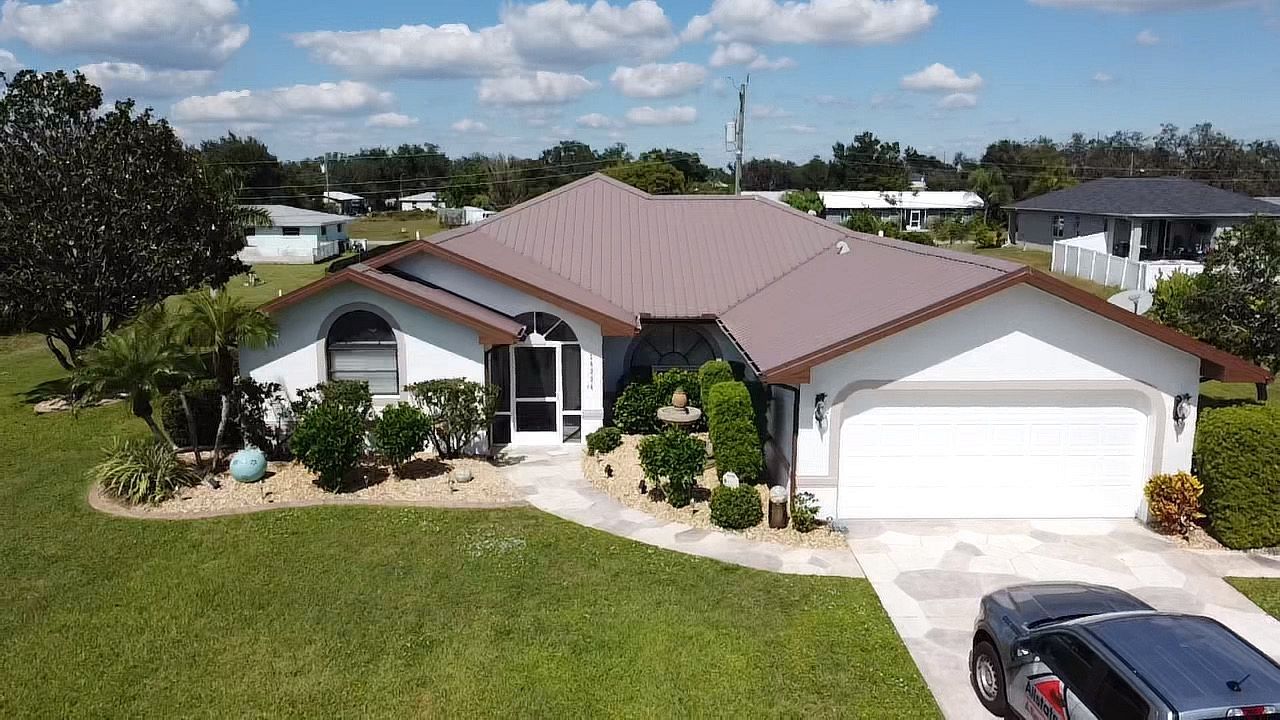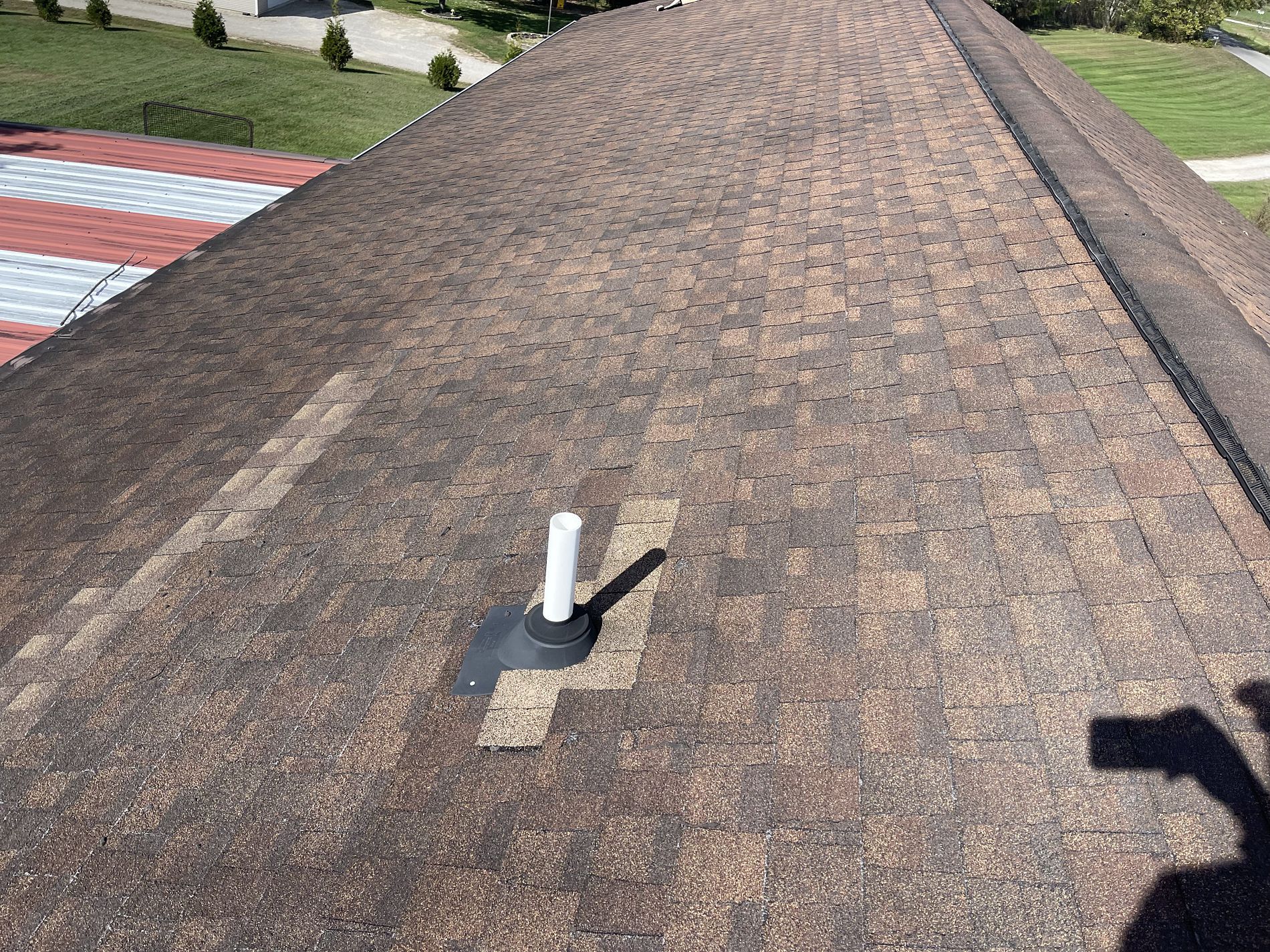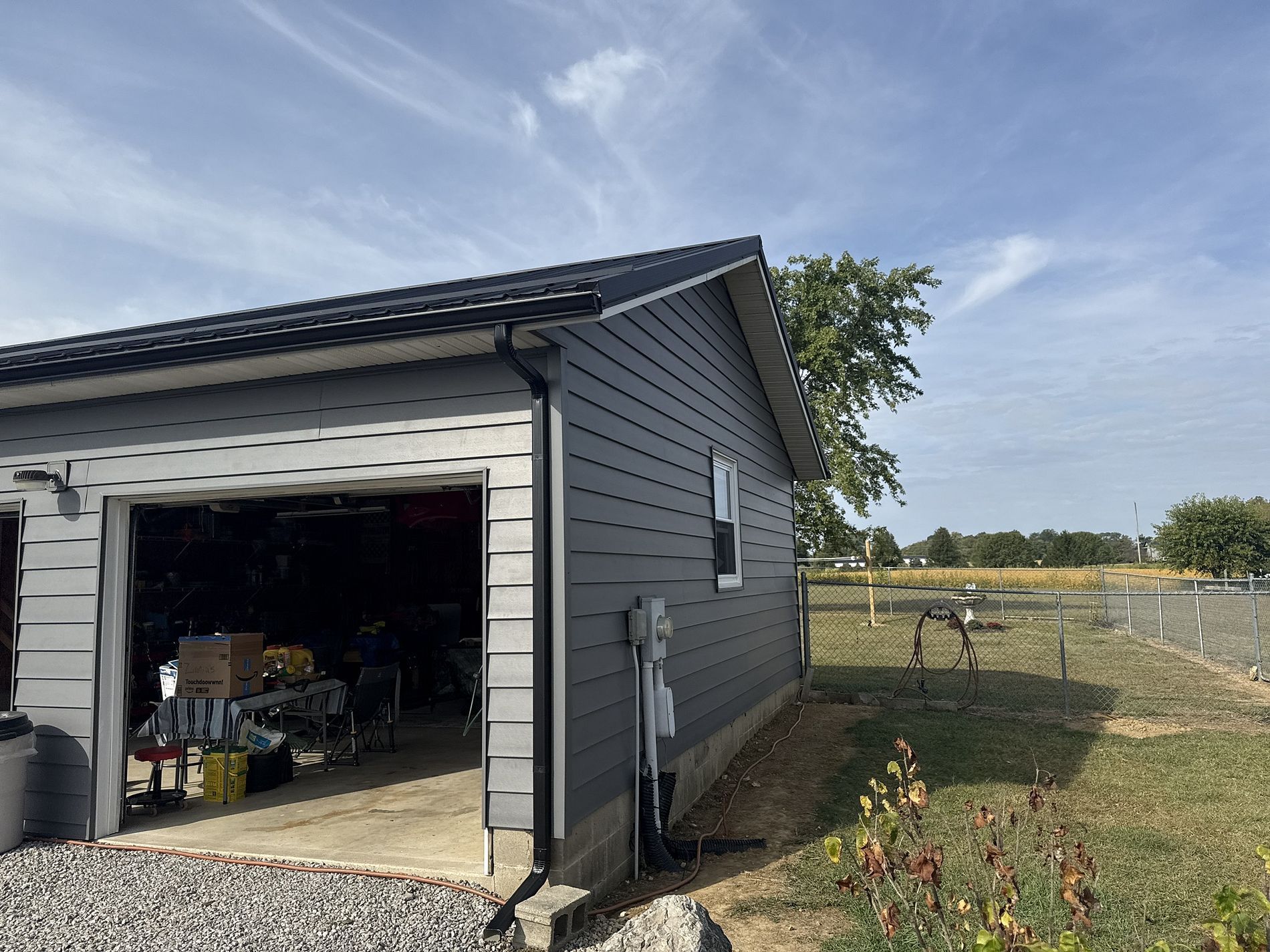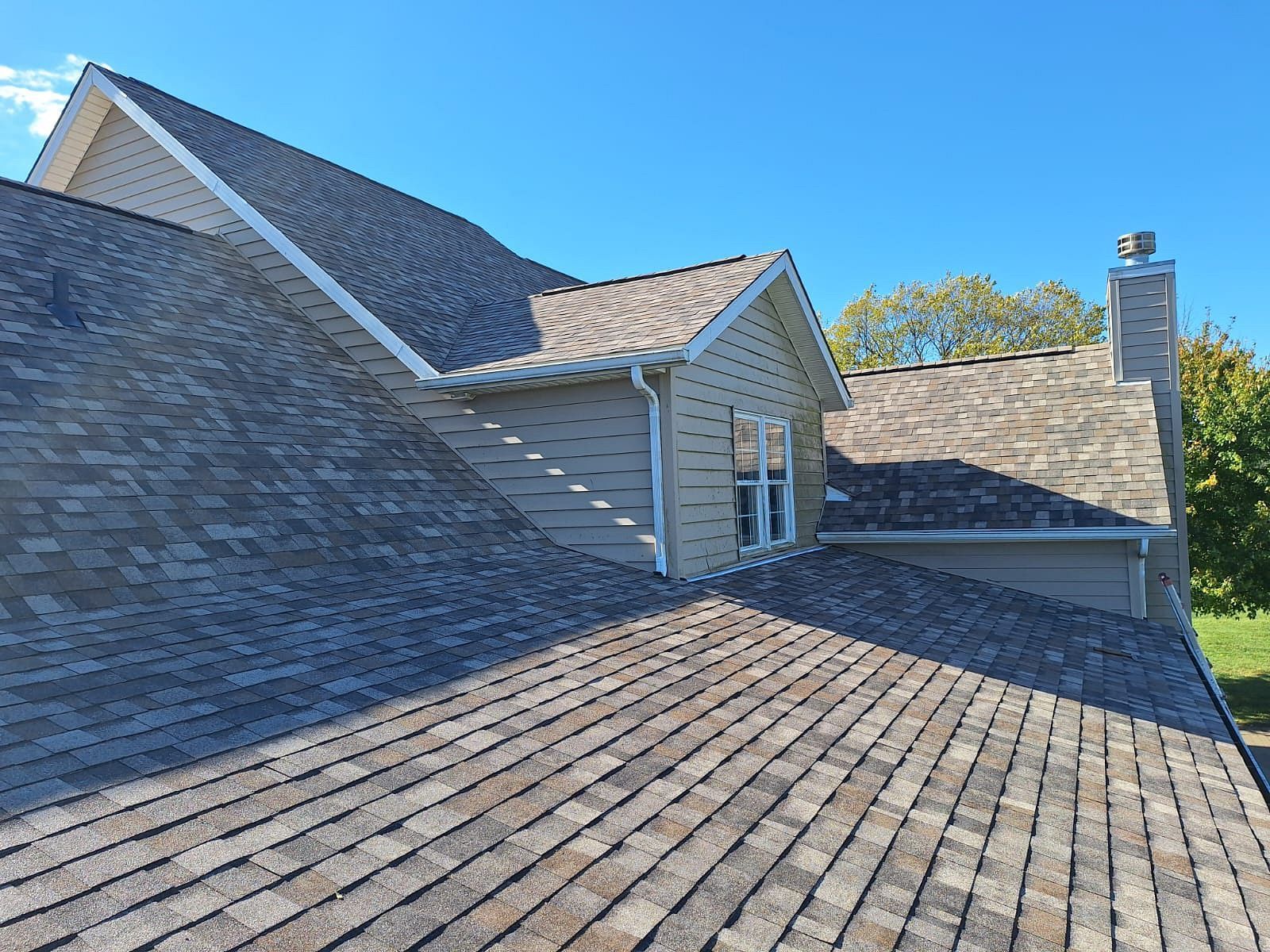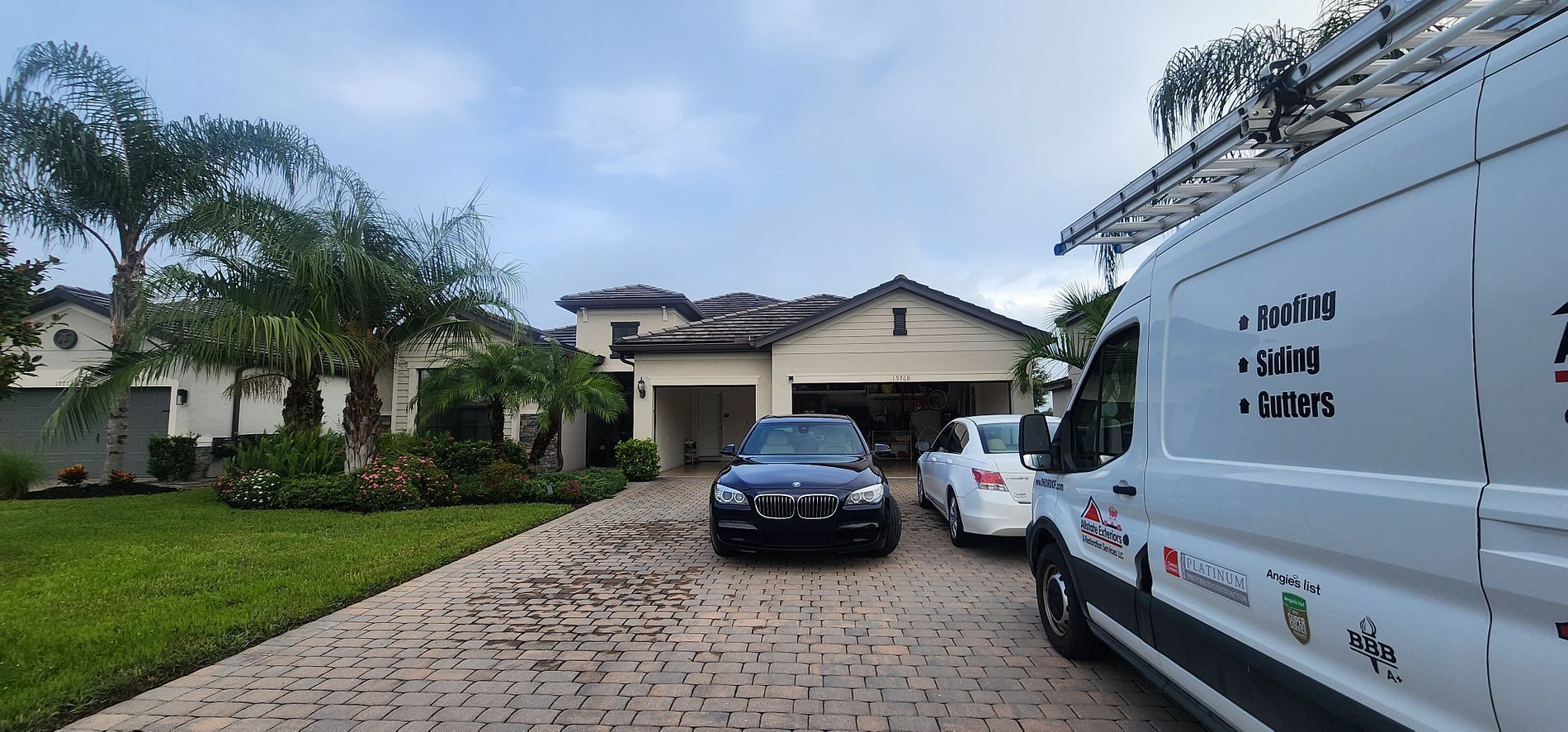First things to do after a storm damages my roof?
Wind, hail, heavy rain, and snow can cause damage to your roof. While roofs are made to handle most weather conditions, an unusually strong storm can cause problems. After the storm is over, you will want to make assess the condition of the roof and gutters. The first step is to inspect the interior for leaks. If you see any leaks or water stains, you can stop there and immediately schedule an inspection with a qualified roofing contractor .
The next step is to walk around the exterior and look for missing or damaged shingles, gutters that have been pulled away from your house, and tree branches or debris on the roof. Some damage can’t be seen easily, so you will want to schedule an inspection to be safe if you have any concerns about possible damage. Don’t be tricked by storm chasers, who try to find homes with storm damage and quickly have you sign a contract for repairs. You risk having shabby work done and possibly voiding a warranty. These fly-by-night operators will disappear quickly after being paid.
Signs a Professional Inspection is needed
Water Leaks Inside or Outside
You may see dark streaks on interior walls or around the ceiling. The siding may be stained or have watermarks.
Missing or Damaged Shingles
Damage to shingles might not be obvious. Curling of the edges due to high winds can lead to water leaks.
The Sealant is Cracked
This is hard to spot from a distance. If you are not comfortable climbing around your roof, leave this to a certified roofing contractor.
Dents and Dings From Hail
The hail pounding the shingles will knock off the granules. There may be damage from the sun’s rays with this protection gone. Your roof will lose its appearance and look old and worn without the granules. Hail storms generally do not last long, but the damage occurs quickly.
The Effects of Roof Damage
Water
Shingles can be ripped off the roof exposing the underlayment or roof deck. High wind will force the edges of shingles to curl and lift. This eliminates the overlapping and gives water a path under the shingles.
Hail
The hail pounding the shingles will knock off the granules. There may be damage from the sun’s rays with this protection gone. Your roof will lose its appearance and look old and worn without the granules. Hail storms generally do not last long, but the damage occurs quickly.
Debris
Large tree branches can cause ripping of the shingles leaving vulnerable areas just like a hail storm. Moisture can enter these areas.
Wind
Shingles can be ripped off the roof exposing the underlayment or roof deck. High wind will force the edges of shingles to curl and lift. This eliminates the overlapping and gives water a path under the shingles.
The Estimate and Inspection
Now it’s time to call a professional roofing contractor for an estimate for the repairs. Make sure to get the estimate in writing. You will need it to file a claim with your homeowner’s insurance.
These contracts are complicated. If you need help concerning insurance coverage, an experienced contractor can explain the details about what type of repairs are covered in the policy. Hail, rain, and wind damage are usually covered by these policies. Extreme storm damage sometimes called ” Acts of God” is normally included in your coverage. This would include hurricanes and tornadoes.
If you replaced the roof, check your warranty, but there may not be covered for weather-related damage. Sometimes, only manufacturers’ defects are covered in warranties.
Ready to begin Repairs
Once you have completed a professional inspection, have a written estimate, and filed a claim if possible, you are ready to begin repairs. A reputable contractor will work with the insurance company to get the best deal for you. Schedule the repairs as soon as possible. The damage can escalate quickly if you wait an extended amount of time. A small leak can grow quickly to include a mold problem and structural problems if left untreated over time.
Please contact Allstate Exteriors & Restoration for a free estimate and inspection after a storm. We have been proudly serving customers since 2002 with locations in Central Ohio and Southwest Florida. Don’t delay repairing storm damage. A small repair can escalate very quickly into an extensive restoration if leaks are not repaired for an extended length of time. Let’s get those repairs done so you can enjoy your home again!
The post First things to do after a storm damages my roof? appeared first on.
